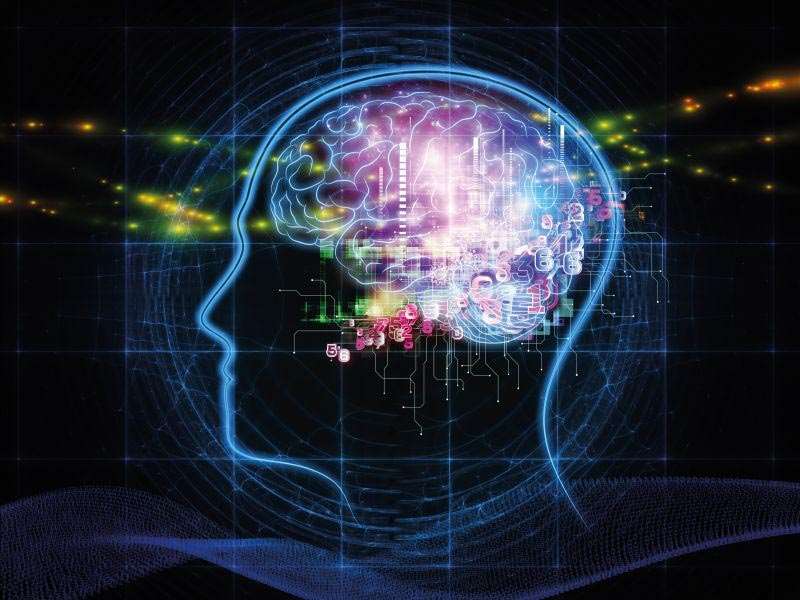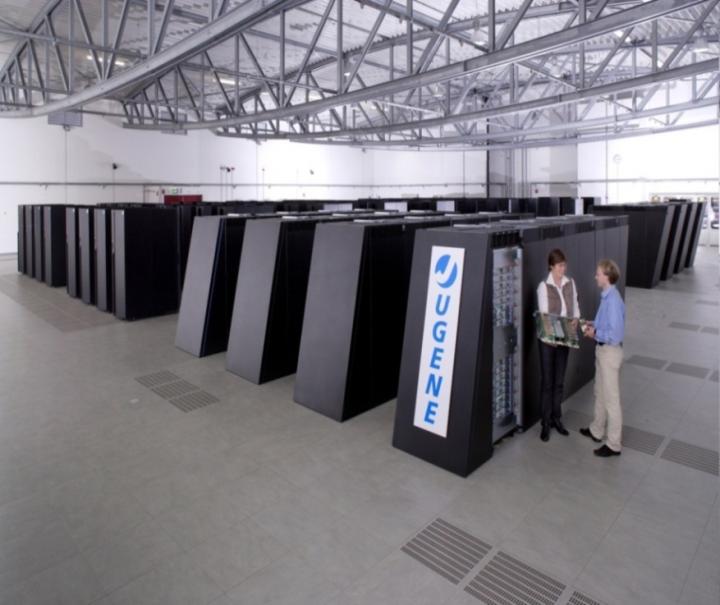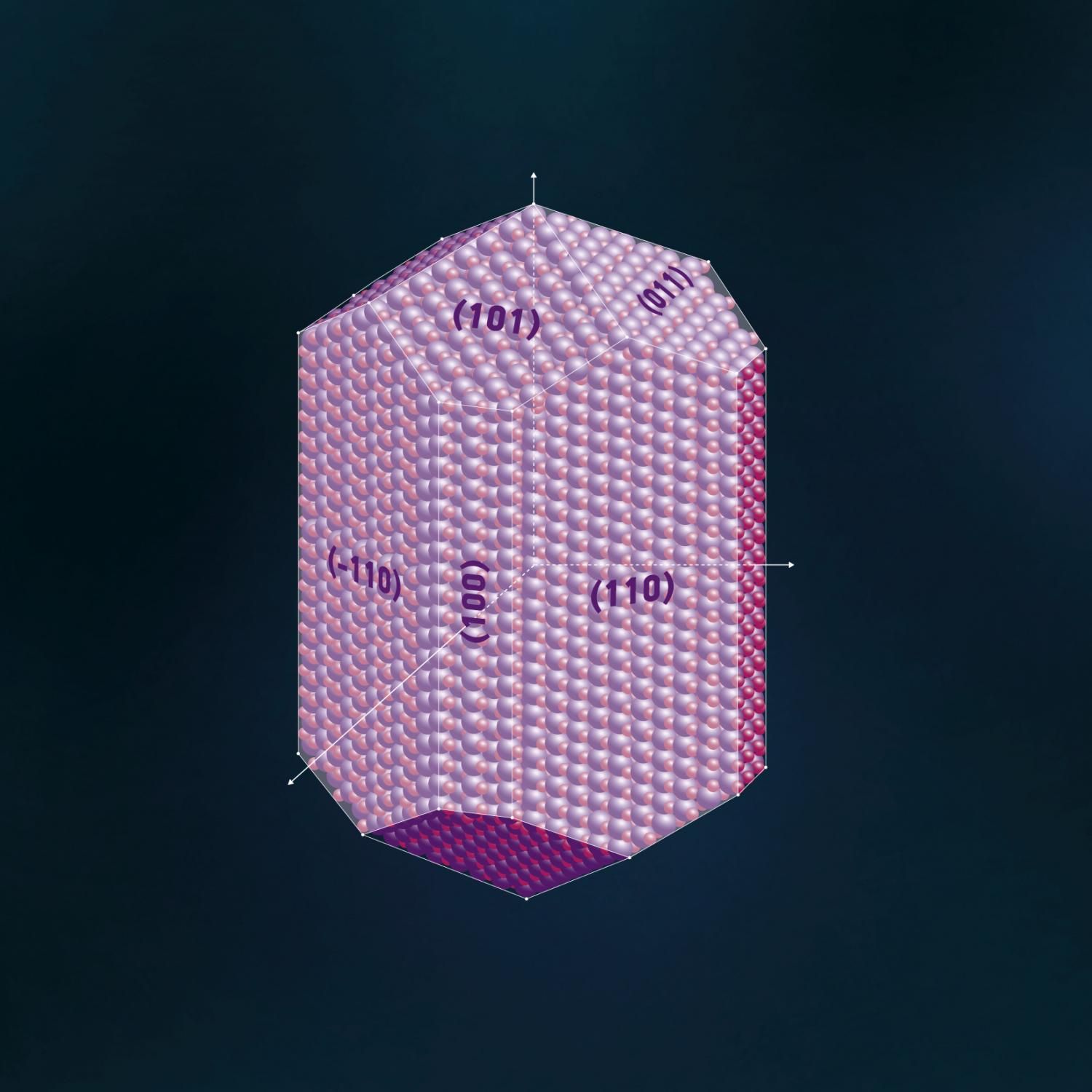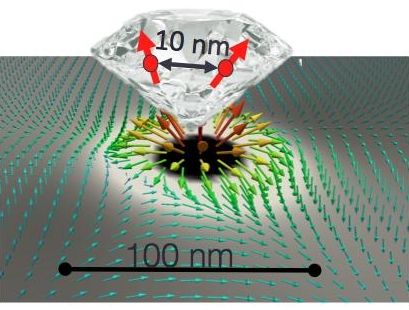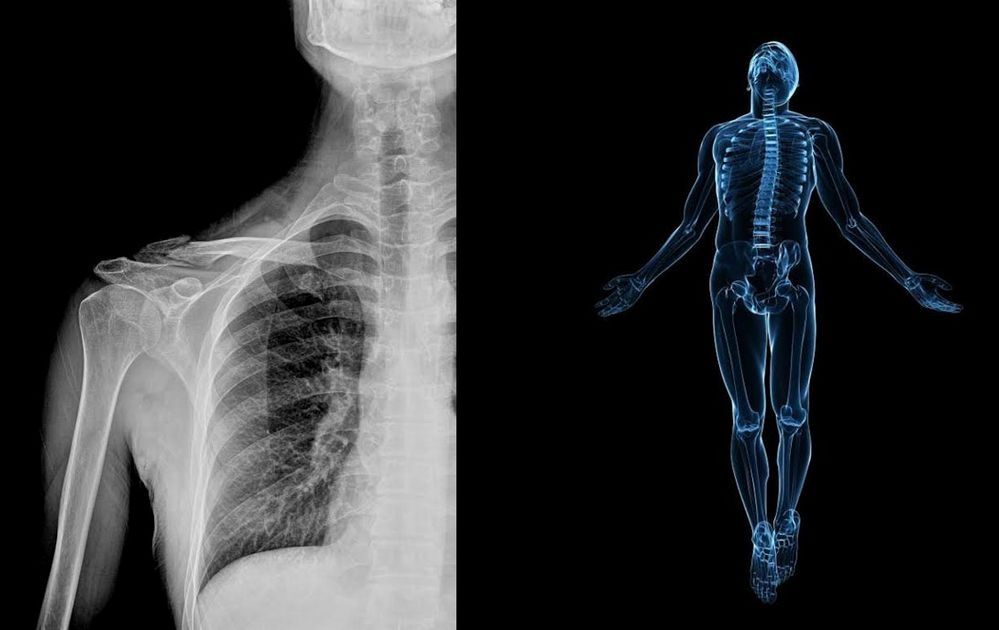Archive for the ‘supercomputing’ category: Page 82
Jul 19, 2016
Quantum computers show potential to revolutionize chemistry
Posted by Karen Hurst in categories: chemistry, neuroscience, quantum physics, robotics/AI, solar power, supercomputing, sustainability
Like this feature on QC.
If you have trouble wrapping your mind around quantum physics, don’t worry — it’s even hard for supercomputers. The solution, according to researchers from Google, Harvard, Lawrence Berkeley National Laboratories and others? Why, use a quantum computer, of course. The team accurately predicted chemical reaction rates using a supercooled quantum circuit, a result that could lead to improved solar cells, batteries, flexible electronics and much more.
Chemical reactions are inherently quantum themselves — the team actually used a quote from Richard Feynman saying “nature isn’t classical, dammit.” The problem is that “molecular systems form highly entangled quantum superposition states, which require many classical computing resources in order to represent sufficiently high precision,” according to the Google Research blog. Computing the lowest energy state for propane, a relatively simple molecule, takes around ten days, for instance. That figure is required in order to get the reaction rate.
Continue reading “Quantum computers show potential to revolutionize chemistry” »
Jul 8, 2016
Air Force Seeks Ideas for How Quantum Computing Can Help Warfighters
Posted by Karen Hurst in categories: government, information science, military, particle physics, quantum physics, supercomputing
Listen up all my QC buddies; the air force wants to hear from you. You have QC ideas for fighter jets they want you.
Guess I need to submit them some of mine.
The Air Force wants white papers that describe new ways quantum computing could help achieve its mission, according to an amended Broad Agency Announcement posted Friday. Eventually, the government could provide a test-bed where a contractor might install, develop and test a quantum computing system, according to the announcement.
Last year, the Air Force announced it had about $40 million available to fund research into, and the eventual maintenance and installation of a quantum system — a branch of emerging computing technology that relies on the mechanics of atomic particles to process complex equations.
Continue reading “Air Force Seeks Ideas for How Quantum Computing Can Help Warfighters” »
Jun 28, 2016
Futures: Interfacing with DARPA’s cyborg soldiers
Posted by Karen Hurst in categories: cyborgs, engineering, evolution, neuroscience, supercomputing
BMI technology is like anything else; you have an evolution process to finally reach a level of maturity. The good news is that at least at this point of time BMI is at least in that cycle where we are no longer crawling and trying to stand up. We’re in that stage of the cycle where we are standing up and taking a couple of steps at a time. In the next 3 to 5 years, things should be extremely interesting in the BMI space especially as we begin to introduce more sophisticated technology to our connected infrastructure.
Will future soldiers be able to use a direct brain interface to control their hardware?
Imagine if the brain could tell a machine what to do without having to type, speak or use other standard interfaces. That’s the aim of the US Defense Advanced Research Projects Agency (DARPA), which has committed US$60 million to a Neural Engineering System Design (NESD) project to do just that.
Continue reading “Futures: Interfacing with DARPA’s cyborg soldiers” »
Jun 28, 2016
No need in supercomputers
Posted by Karen Hurst in categories: business, cybercrime/malcode, information science, particle physics, quantum physics, robotics/AI, singularity, supercomputing
Great that they didn’t have to use a super computer to do their prescribed, lab controlled experiments. However, to limit QC to a super computer and experimental computations only is a big mistake; I cannot stress this enough. QC is a new digital infrastructure that changes our communications, cyber security, and will eventually (in the years to come) provide consumers/ businesses/ and governments with the performance they will need for AI, Biocomputing, and Singularity.
A group of physicists from the Skobeltsyn Institute of Nuclear Physics, the Lomonosov Moscow State University, has learned to use personal computer for calculations of complex equations of quantum mechanics, usually solved with help of supercomputers. This PC does the job much faster. An article about the results of the work has been published in the journal Computer Physics Communications.
Senior researchers Vladimir Pomerantcev and Olga Rubtsova, working under the guidance of Professor Vladimir Kukulin (SINP MSU) were able to use on an ordinary desktop PC with GPU to solve complicated integral equations of quantum mechanics — previously solved only with the powerful, expensive supercomputers. According to Vladimir Kukulin, personal computer does the job much faster: in 15 minutes it is doing the work requiring normally 2–3 days of the supercomputer time.
Jun 24, 2016
IBM to deliver 200-petaflop supercomputer
Posted by Shailesh Prasad in category: supercomputing
More supercomputer news this week: The US is responding to China’s new Sunway TiahuLight system that was announced Monday, and fast. First, the Department of Energy’s (DOE) Oak Ridge National Laboratory is expected to take delivery of a new IBM system, named Summit, in early 2018 that will now be capable of 200 peak petaflops, Computerworld reports. That would make it almost twice as fast as TaihuLight if the claim proves true. (We had originally reported in 2014 that both Summit and Sierra would achieve roughly 150 petaflops.)
TaihuLight (pictured below) now sits at number one on the twice-yearly TOP500 list of the fastest supercomputers in the world, with a Linpack benchmark score of 93 petaflops and a claimed peak of 124.5 petaflops. The latest TOP500 announcement Monday caused a bit of a stir. Not only is TaihuLight roughly three times faster than China’s Tianhe-2, the prior champion, but it also uses no US-sourced parts at all for the first time, as it’s powered by Sunway 260-core SW26010 processors that are roughly on par with Intel Xeon Phi, as well as custom proprietary interconnect.
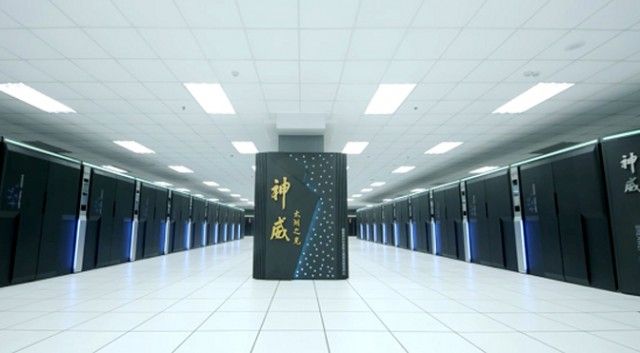
Continue reading “IBM to deliver 200-petaflop supercomputer” »
Jun 21, 2016
Quantum calculations broaden the understanding of crystal catalysts
Posted by Karen Hurst in categories: chemistry, particle physics, quantum physics, supercomputing
Using numerical modelling, researchers from Russia, the US, and China have discovered previously unknown features of rutile TiO2, which is a promising photocatalyst. The calculations were performed at an MIPT laboratory on the supercomputer Rurik. A paper detailing the results has been published in the journal Physical Chemistry Chemical Physics.
It’s all on the surface
Special substances called catalysts are needed to accelerate or induce certain chemical reactions. Titanium dioxide (TiO2) is a good photocatalyst—when exposed to light, it effectively breaks down water molecules as well as hazardous organic contaminants. TiO2 is naturally found in the form of rutile and other minerals. One of the two most active surfaces of rutile R-TiO2 is a surface that is denoted as (011). The photocatalytic activity is linked to the way in which oxygen and titanium atoms are arranged on the surface. This is why it is important to understand which forms the surface of rutile can take.
Jun 15, 2016
CWRU physicists deploy magnetic vortex to control electron spin
Posted by Karen Hurst in categories: quantum physics, supercomputing
More news on the using the magnetic vortex method to control electron spin.
Researchers at Case Western Reserve University have developed a way to swiftly and precisely control electron spins at room temperature.
The technology, described in Nature Communications, offers a possible alternative strategy for building quantum computers that are far faster and more powerful than today’s supercomputers.
Continue reading “CWRU physicists deploy magnetic vortex to control electron spin” »
May 29, 2016
The Fourth Industrial Revolution
Posted by Shailesh Prasad in categories: economics, energy, genetics, robotics/AI, supercomputing, transportation

Ubiquitous, mobile supercomputing. Artificially-intelligent robots. Self-driving cars. Neuro-technological brain enhancements. Genetic editing. The evidence of dramatic change is all around us and it’s happening at exponential speed.
Previous industrial revolutions liberated humankind from animal power, made mass production possible and brought digital capabilities to billions of people. This Fourth Industrial Revolution is, however, fundamentally different. It is characterized by a range of new technologies that are fusing the physical, digital and biological worlds, impacting all disciplines, economies and industries, and even challenging ideas about what it means to be human.
May 27, 2016
AI ‘doctors’ will diagnose your X-rays
Posted by Shailesh Prasad in categories: biotech/medical, health, robotics/AI, supercomputing
An Israeli medical imaging company has signed a deal with a Utah-based healthcare provider that could change the way we diagnose certain conditions. Zebra Medical Imaging is teaming up with Intermountain to work on a neural network that will compare fresh X-rays with the “millions” stored in its own database. The eventual aim of the project is to offer up suggestions to radiographers and other medical professionals and eliminate costly misdiagnoses.
For instance, let’s imagine that you’ve gone to hospital for some unknown condition and you get an X-ray. Rather than handing the slide to a doctor, who could miss a small shadow or other minor clue, the image would be handed to the computer. It would use deep learning to trawl an anonymized patient database looking for any anomalies that you might be suffering from. The current system will work on bone health, cardiovascular analysis and lung conditions, although who knows where the possibilities will end.
As deep learning technology gets more powerful, smaller and significantly cheaper, the potential for AI to assist doctors becomes more realistic. IBM has spent the last few years pushing Watson, its homegrown supercomputer, as a system to aid decision making for patients. At the same time, companies like LG are trying to shrink medical imaging technology to end the days of bulky hospital equipment being available for a chosen few. All in all, the idea of a medical tricorder is going from fantastical to plausible in less time than you’d expect.

